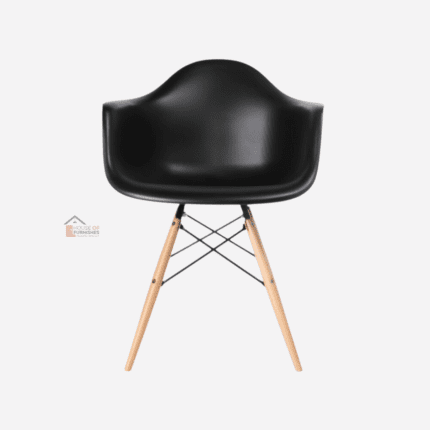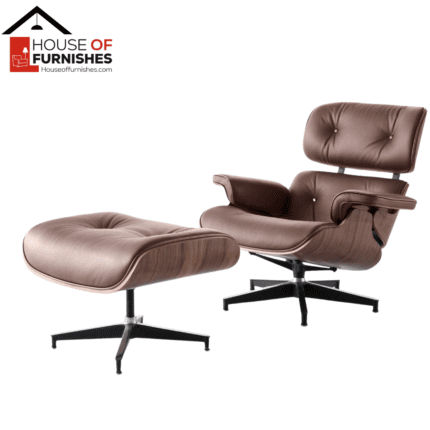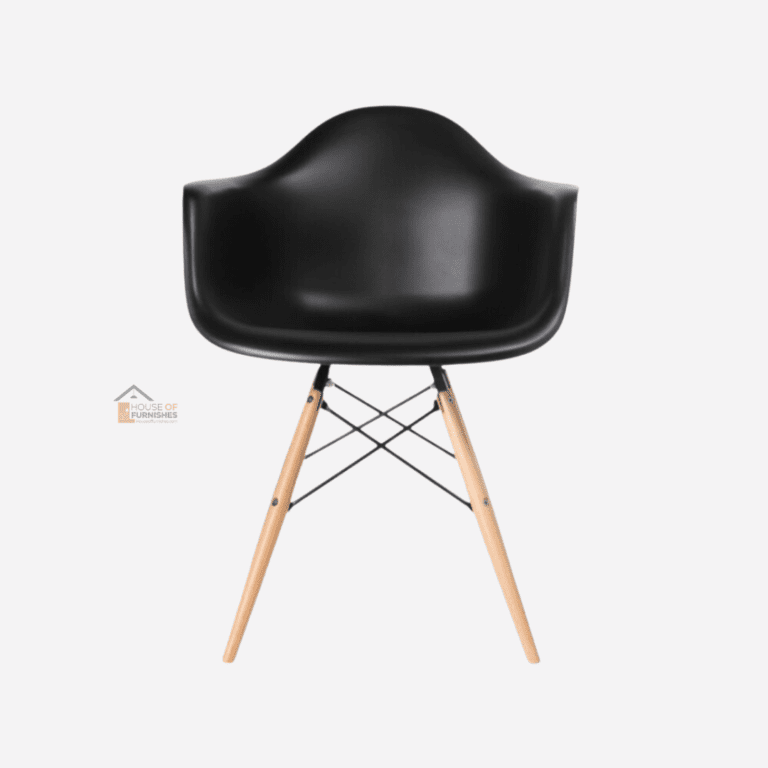Filter by price
Product categories
Top rated products
-
Classic Eames Lounge Chair & Ottoman – Chocolate Brown Leather, Walnut Wood & Black Base
Rated 5.00 out of 5£900.00Original price was: £900.00.£775.00Current price is: £775.00. -
High Back EA 119 Office Chair – Premium Chocolate Brown Leather | Ergonomic Comfort
Rated 2.50 out of 5£375.00 -
High Back EA 119 Office Chair – Premium Cream Leather | Ergonomic Comfort £375.00
Home » Dining Chairs » Daw Chairs
Showing all 3 results
-15%

Select options
This product has multiple variants. The options may be chosen on the product page
 Black
Black
 Light Blue
Light Blue
 White
White
Eames DAW Replica Black – Modern Classic Armchair | House of Furnishes
-15%

Select options
This product has multiple variants. The options may be chosen on the product page
 Black
Black
 Light Blue
Light Blue
 White
White
Eames DAW Replica Light Blue Chair
-15%

Select options
This product has multiple variants. The options may be chosen on the product page
 Black
Black
 Light Blue
Light Blue
 White
White














